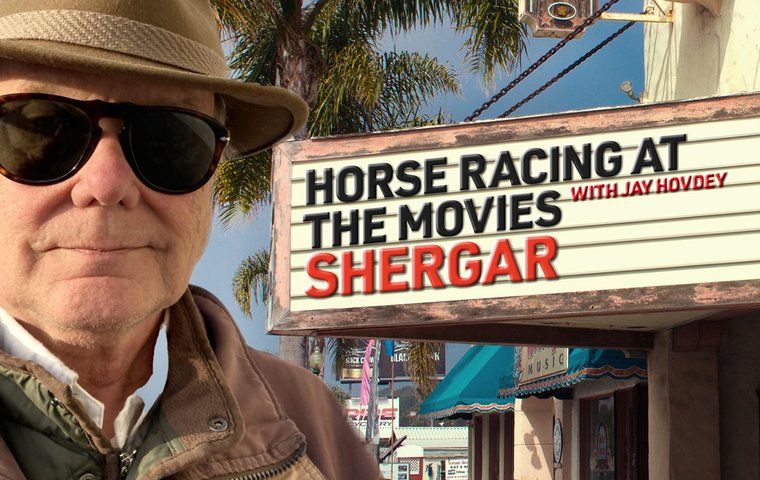
Our resident film correspondent reflects on a cinematic portrayal of a notorious episode in the sport’s history
 Shergar (1999)
Shergar (1999)
directed by Dennis Lewiston; starring Ian Holm, David Warner, Mickey Rourke
“Wants me to tell him something pretty,” said Al Swearingen as he scrubbed a bloodstain from his whorehouse floor in the final episode of the HBO series Deadwood.
Preceding events were too ugly to contemplate, so it was natural to long for a small ration of comfort in the face of unspeakable trauma. Anyway, movies do this all the time.
Half-a-million US soldiers died in World War II, but at least Steven Spielberg saved Private Ryan. Jack Dawson was among those 1,517 souls who died in the sinking of the RMS Titanic in Titanic, hopefully knowing he was loved by Kate Winslet as he slipped into the icy deep.
And somehow Quentin Tarantino was able to turn the horrific Manson family murders of Sharon Tate and friends into an orgy of memory-cleansing revenge in Once Upon a Time in … Hollywood.
The unsolved abduction and likely grim ending of the champion racehorse Shergar remains Thoroughbred racing’s most disturbing mystery, ugly from all angles and deeply frustrating in its lack of resolution, even after all these years.
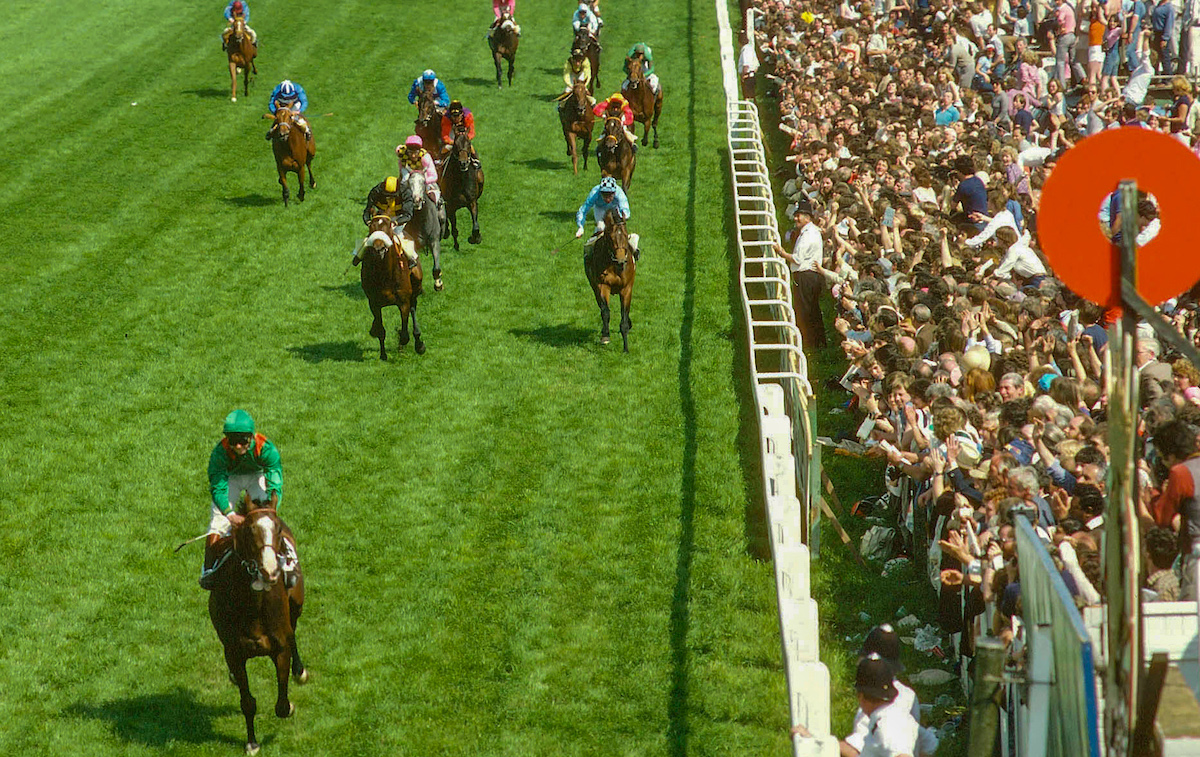
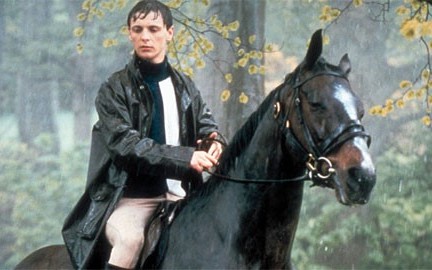
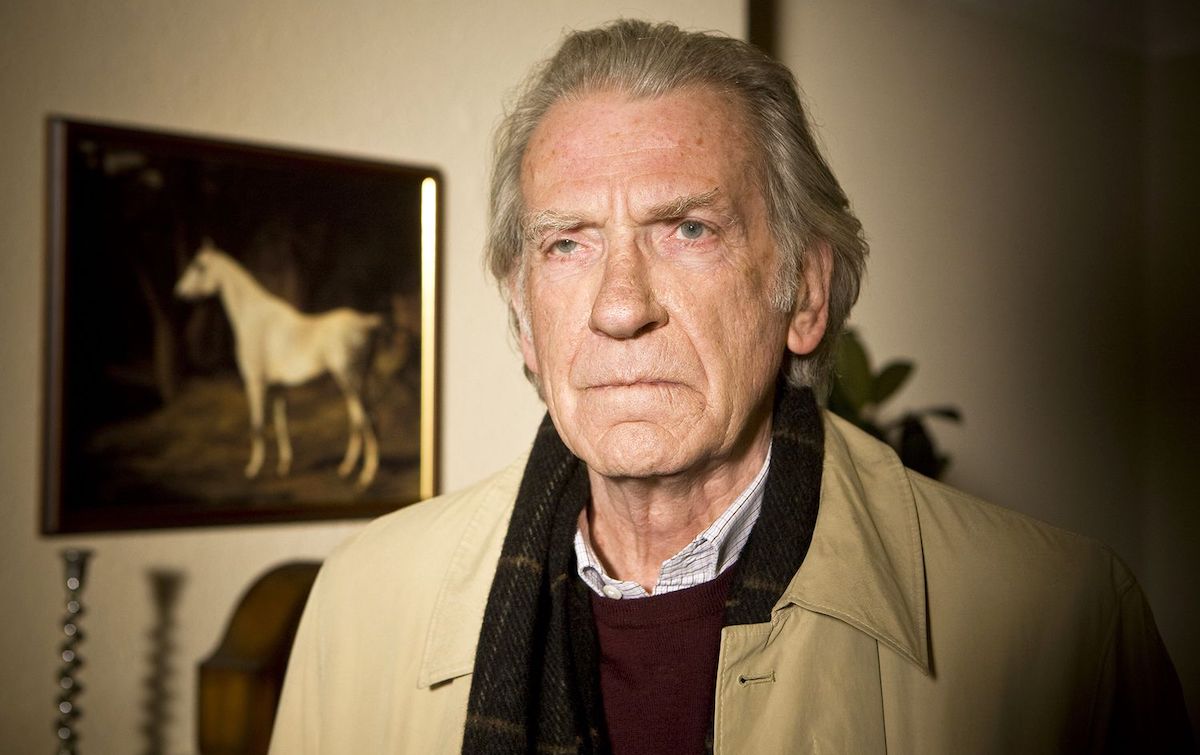
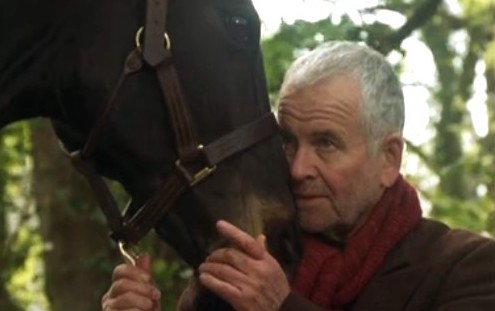
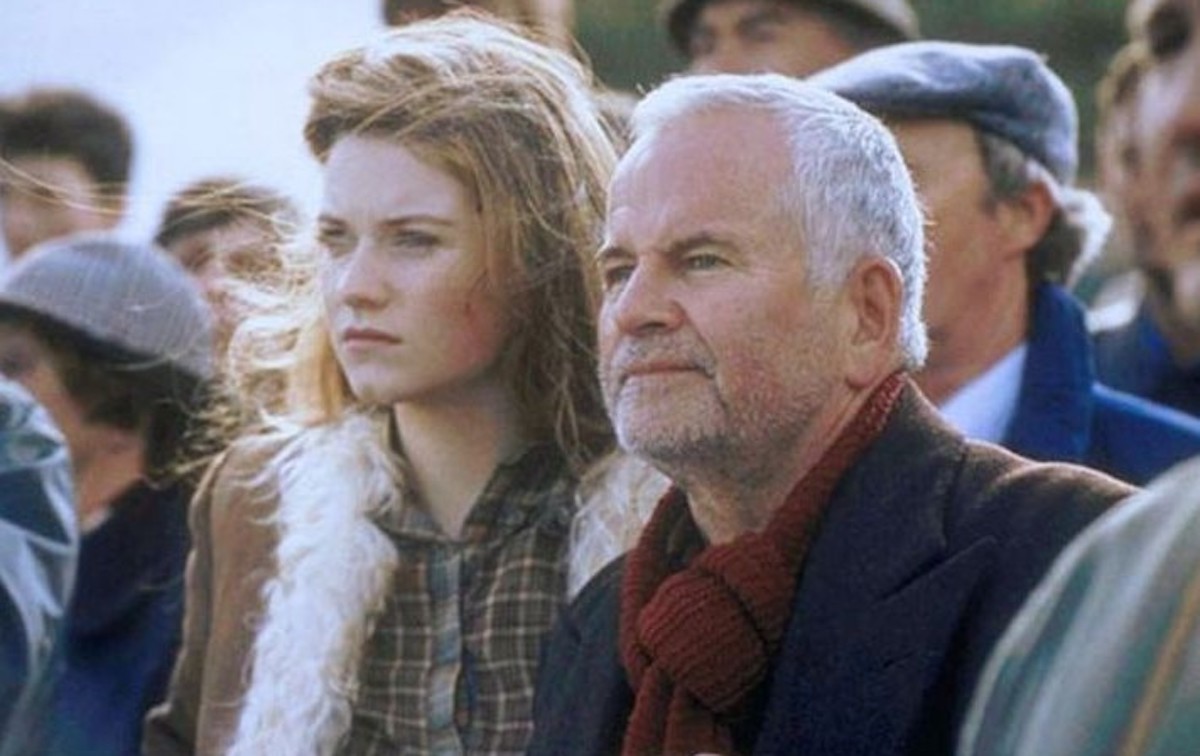 The accomplished British cinematographer Dennis Lewiston, a devoted fan of the sport, confronted the Shergar mystery as writer and director of a feature film and settled upon a mixture of the few verifiable facts and a giant helping of “what if” to tell the story in the Blue Rider production of Shergar, released in 1999.
The accomplished British cinematographer Dennis Lewiston, a devoted fan of the sport, confronted the Shergar mystery as writer and director of a feature film and settled upon a mixture of the few verifiable facts and a giant helping of “what if” to tell the story in the Blue Rider production of Shergar, released in 1999.
Chewed and thoroughly digested
By then, just about everything that was going to be revealed about the taking of Shergar on Feb. 8, 1983, from the Aga Khan’s Ballymany Stud had been chewed and thoroughly digested.
The capper was the publication in 1998 of The Informer, a tell-all by the undercover agent Sean O’Callaghan, who had posed for years as a commander in the Provisional Irish Republican Army. His supposed first-hand knowledge of Shergar’s demise made for high-calorie content in any number of news features and documentaries on the subject.
Lewiston takes the IRA angle at face value, recreating the abduction of the highly strung stallion at the top of the movie, then lets his imagination run riot. And why not? If there are no true answers to a mystery – see the Kennedy assassination, or Al Capone’s vault – then no holds should be barred in clearly fictional conjecture.
In that spirit, it’s too bad Shergar isn’t a better movie, but it will do. The plot clings precariously to the idea that once Shergar had been taken by what is defined as an IRA- affiliated splinter group, he was squirreled away with a farmer pressed into reluctant service.
A vagabond stable lad charged with the horse’s care knows its identity on sight, having jumped the fence at The Curragh on the day of Shergar’s victory in the Irish Derby. Also, the loft wall where the lad sleeps is decorated with an album’s worth of news clippings extolling the virtues of Shergar and other champions of note, which at least saves on exposition.
Much anguish is deployed over the secreting of the horse, although at one point the cause is aided by an incontinent cow, and there are plot holes through which you could drive a Range Rover.
Wild goose chase
But to his credit, Lewiston steers clear of the real-world shenanigans taking place in a timeline parallel to his fictional plot. There was in fact a hoax perpetrated on three racing journalists that had them on a wild goose chase to Northern Ireland in connection with alleged ransom demands, along with a feckless local police official, portrayed in the press as an Irish version of Inspector Clouseau.
As it turned out, there would be no ransom paid – in truth – which sets the meat of the movie in motion when the stable lad overhears the intention of the kidnappers to kill the horse.
Panicked at the thought, the lad saddles up Shergar and rides off into a rainy Irish night, and now everyone is after them, from the heavily armed rogue Provos to Irish Gardai sweeping the terrain in helicopters.
In for a penny, Lewiston begins cribbing from every horse story ever made. Shergar’s bay coat is dyed dark brown and his trademark blazed obscured. The lad stumbles upon a man and his granddaughter trundling across the countryside in a pony-drawn caravan. He is a disillusioned poet and she is a plucky Irish rose, don’t you know, both of them horse-wise and willing to take the lad under their flimsy protection. Did I mention the lad’s absentee father was a competent jump jockey? Of course he was.
One thing leads to another. A young romance is sparked. Both the police and the kidnappers close in. A side trip to the races at Milltown provides a diversion, then the whole edifice teeters beneath the weight of a preposterous ending. On its own level, though, it works, since audience belief has long since been suspended.
To the credit of Lewiston’s cinematography, the look of Shergar, filmed on the Isle of Man, can’t be faulted.
Much to be desired
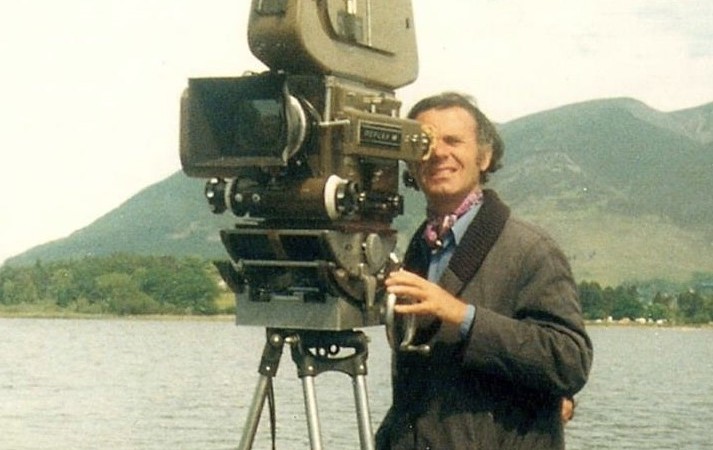
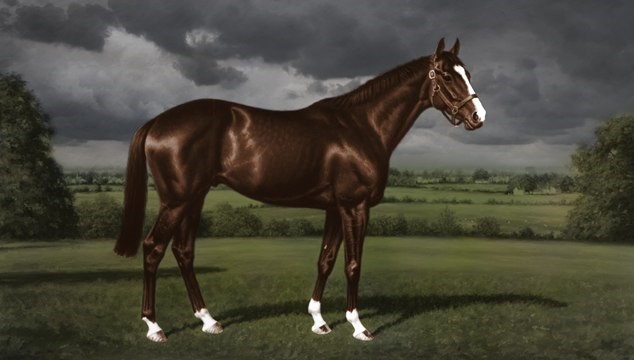 As a director of actors, however, he leaves much to be desired. The accomplished David Warner (the farmer), Ian Holm (the grandfather), and Mickey Rourke (the head baddie) clearly were on their own, pretty much adhering to Laurence Olivier’s entry-level advice for performers to simply remember their lines and don’t bump into the scenery.
As a director of actors, however, he leaves much to be desired. The accomplished David Warner (the farmer), Ian Holm (the grandfather), and Mickey Rourke (the head baddie) clearly were on their own, pretty much adhering to Laurence Olivier’s entry-level advice for performers to simply remember their lines and don’t bump into the scenery.
As for the young leads, both in their first feature, neither Tom Walsh nor Laura Murphy went on to pursue serious careers. In the case of the earnest Walsh, that was probbaly a good decision. Murphy, however, finds a way to infuse her Kate with grit and wit beyond what was on the page, suggesting there were better things to come. Our loss.
It was said that every Irish policeman was mustered in the search for Shergar, along with military personnel to deal with possible IRA involvement. The press feasted off the story for months on end. Investigative documentaries abound, as well as a 1986 teleplay on the UK’s BBC2 starring Stephen Rea.
As a feature film, Shergar may have been an outlier in terms of verifiable events, but it is just as welcome in the queue as is a collection of books and poetry (most notably Milton C. Toby’s Taking Shergar), along with a toe-tapping ditty by the Irish folk group Raglan Four that begins:
Shergar, Shergar, where are you?
You’ve baffled all the boys in blue
They’re searching everywhere
They haven’t found a hair
Shergar, Shergar where are you?
• View all Jay Hovdey’s features in his Favorite Racehorses series
‘A high-calorie feast of delightful excess’ – Jay Hovdey on Kincsem biopic
View the latest TRC Global Rankings for horses / jockeys / trainers / sires


